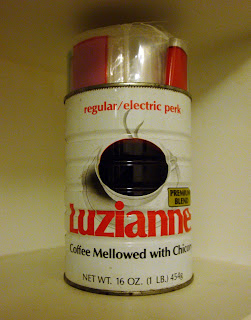 Isn't it weird how reclaimed objects in multiples can look so good, while in isolation they're just rubbish? A milk bottle in a skip covered with coffee grounds and rotting apple cores is no thing of beauty, but Bonne Plat's milk bottle chandeliers use loads of bottles to great effect. The rhythm of multiples lets your eye appreciate the shape, the colour and the shine. My friend Sim at Leigh Harmer interiors introduced them to me, but you can see more pics of them on Flickr.
Isn't it weird how reclaimed objects in multiples can look so good, while in isolation they're just rubbish? A milk bottle in a skip covered with coffee grounds and rotting apple cores is no thing of beauty, but Bonne Plat's milk bottle chandeliers use loads of bottles to great effect. The rhythm of multiples lets your eye appreciate the shape, the colour and the shine. My friend Sim at Leigh Harmer interiors introduced them to me, but you can see more pics of them on Flickr.
This week I visited the opening of Choi Jeong Hwa's solo show ‘Shine a Light’ at the Korean Cultural Centre in London. These crazy lights are made from plastic serving baskets, and you can see them in the windows as you walk down Northumberland Avenue. The press release sums it up well:
"Individually insignificant objects become splendid when gathered together as the accumulated reflections of the ‘shininess’ of plastics under the blinding brightness of LED lights break through stereotypical notions of artistic beauty."


















